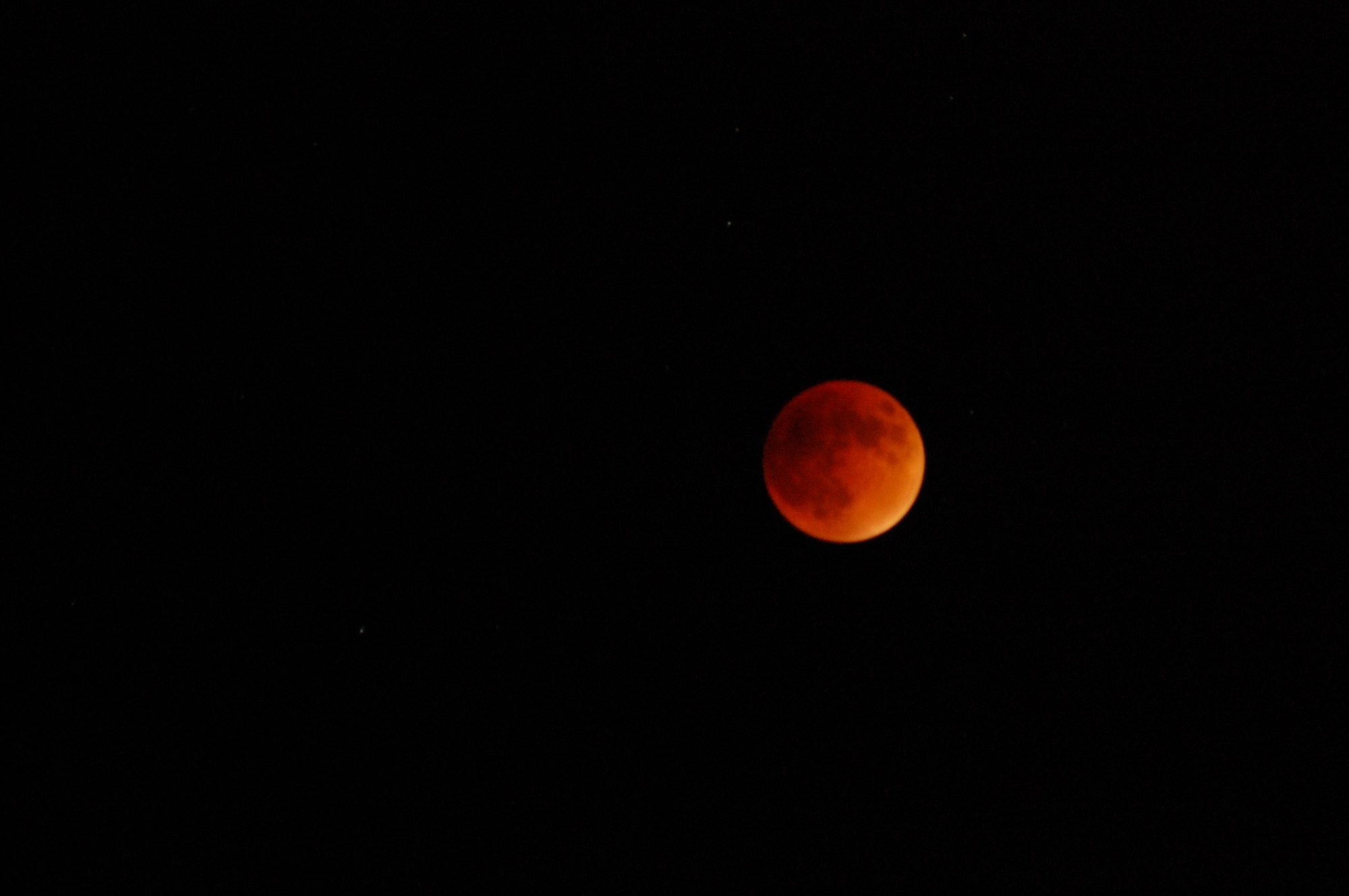Abstract
Integrating both modeling approach and stakeholders’ perspectives to derive past and future trends of land use land cover (LULC) is a key to creating more realistic results on LULC change trajectories and can lead to the implementation of appropriate management measures. This article assessed the past changes of LULC in the Mono River catchment using Landsat images from the years 1986, 2000, 2010, and 2020 by performing Machine Learning Classification Method Random Forest (RF) technique, and using Markov Chain method and stakeholder’s perspective to simulate future LULC changes for the years 2030 and 2050. LULC was classified as savanna, cropland, forest, water bodies, and settlement. The results showed that croplands and forests areas declined from 2020 to 2050 with decreases of −7.8% and −1.9%, respectively, a modest increase in settlement (1.3%), and savanna was the dominant LULC in the study region with an increase of 8.5%. From stakeholders’ perspective, rapid population growth, deforestation, rainfall variability/flood, urbanization, and agricultural expansion were the most important drivers associated with the observed LULC changes in the area. Other factors, such as lack of political commitment, distance to river, and elevation were also mentioned. Additionally, most the land-use scenarios identified by stakeholders would intensify land degradation and reduce ecosystem services in the area. By considering all of these potential LULC changes, decision-makers need to develop and implement appropriate solutions (e.g., land use planning strategies, reforestation campaigns, forest protection measures) in order to limit the negative effects of future LULC changes.
Citation: Thiam S, Salas EAL, Houngue NR, Almoradie ADS, Verleysdonk S, Adounkpe JG, Komi K (2022) Modelling land use and land cover in the Transboundary Mono River Catchment of Togo and Benin using Markov Chain and stakeholder’s perspectives, Sustainability, 14(7):4160. doi: 10.3390/su14074160
